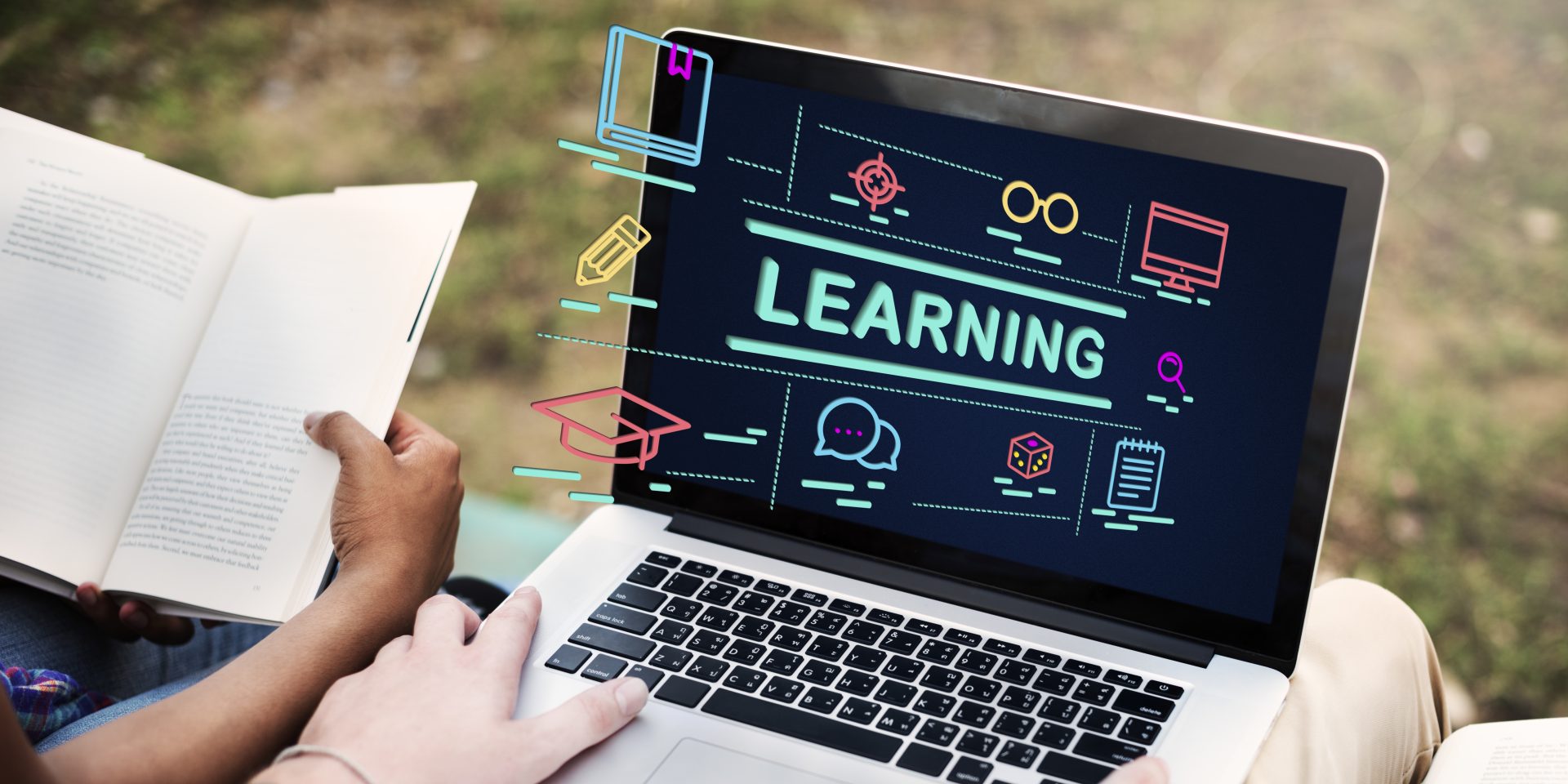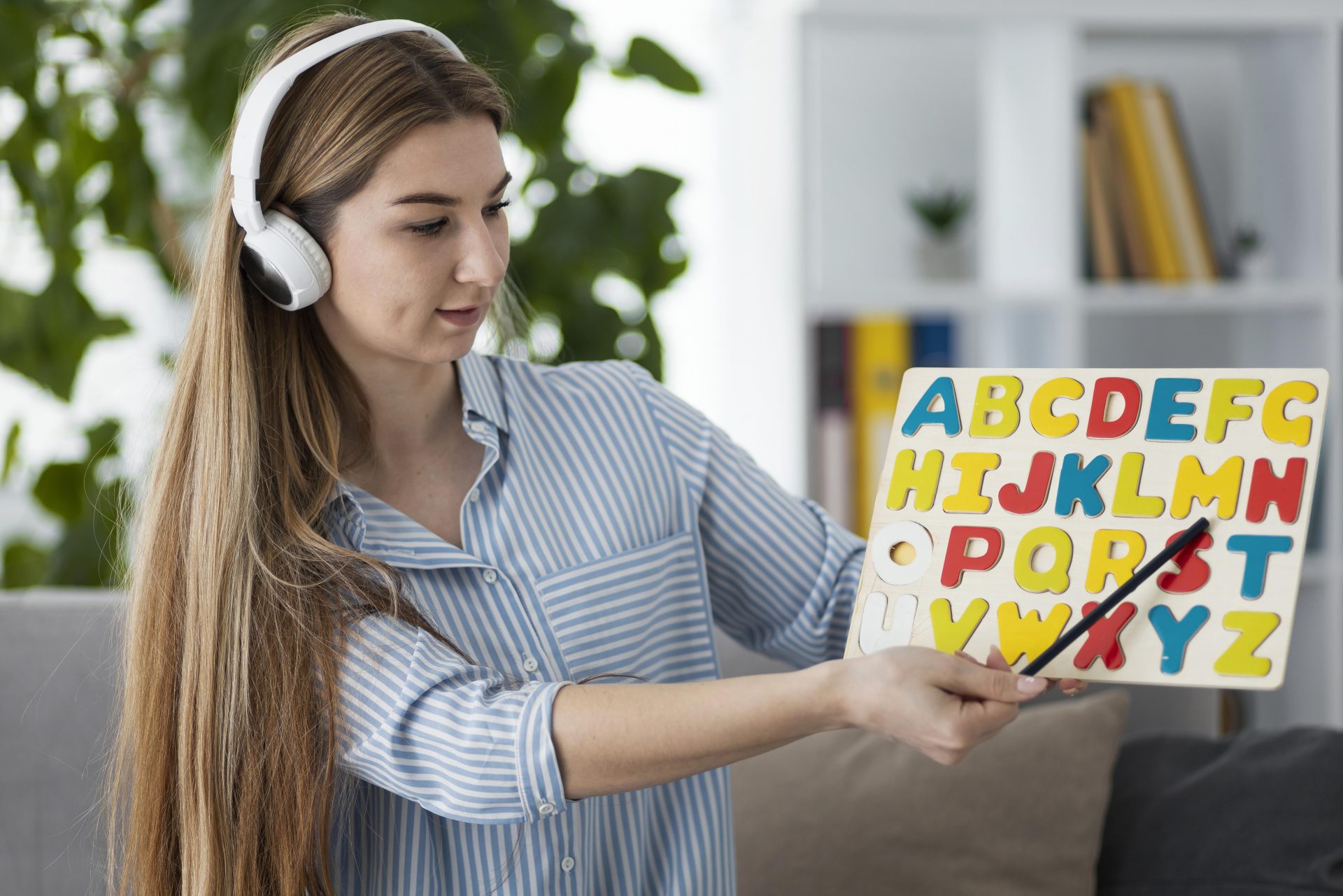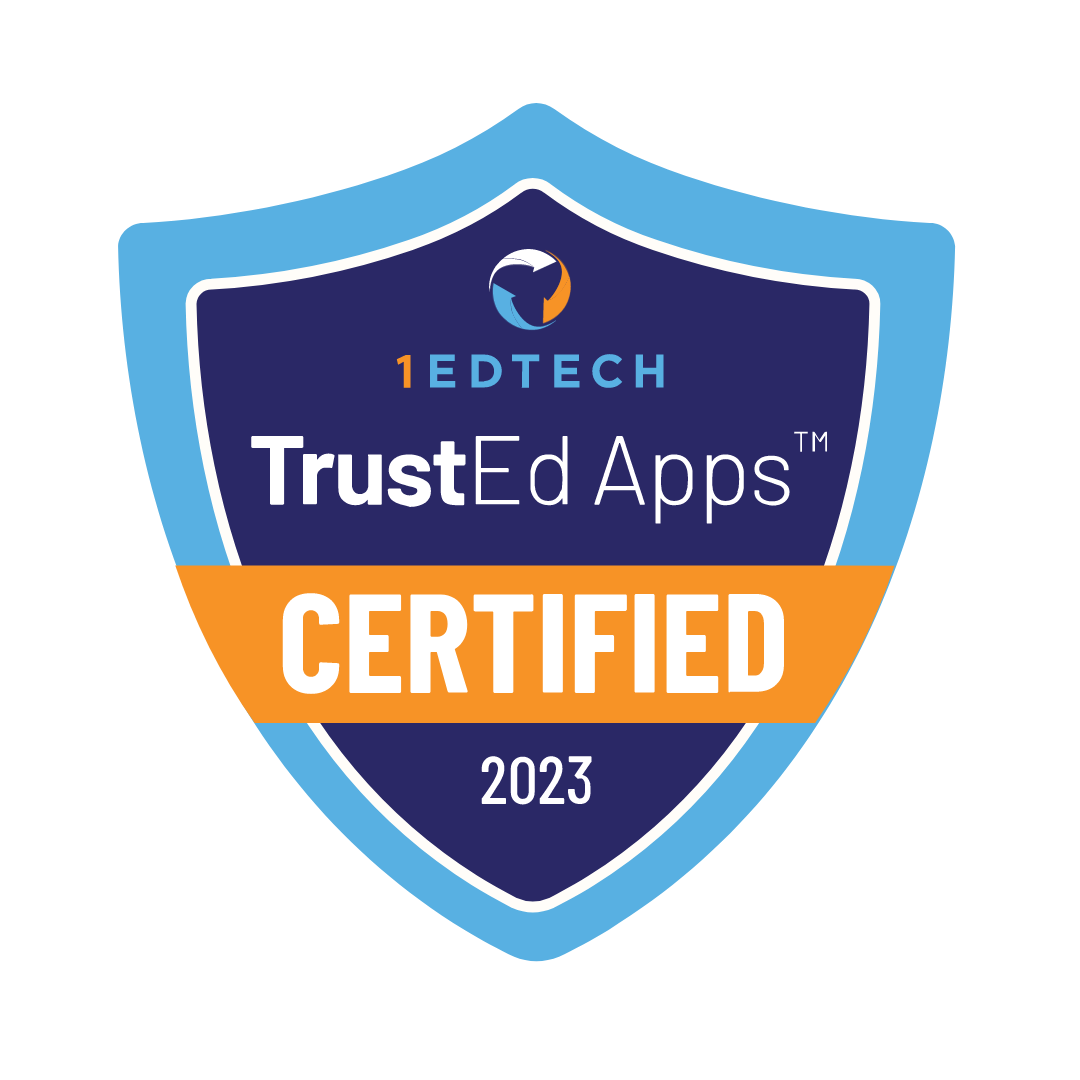Contents
- 1 Distinct Characteristics of the Visual Learner
- 2 Impact of Visual Aids on Learning Retention
- 3 Delving into the Mechanism of Visual Learning
- 4 Effective Techniques for Visual Learning
- 5 Maximizing the Use of Diagrams, Images, and Videos
- 6 Benefits of Using Diagrams:
- 7 Effective Use of Images:
- 8 Advantages of Videos:
- 9 Advantages of the Visual Learning Style
- 10 Pattern Recognition
- 11 Significant Role of Visual Learning in Information Retention
What is a visual learning style? Visual learning is a learning style where students prefer to use images, maps, and colors to communicate ideas and thoughts. In short, visual learners must see information to understand it.
Distinct Characteristics of the Visual Learner
The visual learning style involves processing data through visuals like images, charts, and other visual aids. It influences learning by enhancing individuals’ ability to understand and remember information when presented visually.
Visual learners are a large population estimated at around 65% of individuals according to Soyiba Jawed et al. in their study of visual learning. People who learn visually notice that they cannot rely only on written notes or listening because it can prevent them from containing information. Visual learners absorb information better when it is present through diagrams, pictures, graphs, and other visual tools.
A key trait of visual learners is their skill in processing and making sense of provided data visually. Students who rely on visuals often excel in tasks that involve reasoning and recognizing patterns, which gives them an edge in fields like architecture, design, engineering and other careers that rely heavily on those skills.
Impact of Visual Aids on Learning Retention
Visual aids help visual learners grasp ideas more effectively by presenting information and making connections between pieces. It helps students understand how they relate to each other. Tools like mind maps, flashcards, and color coding are helpful for visual learners since they offer a visual representation that enhances memory retention and understanding.
Using graphics or images with text when reading or studying will enhance learners’ educational experience. This unique approach will give students a better understanding of the subject matter by making it simpler for them to grasp and remember.

Delving into the Mechanism of Visual Learning
Learning through visuals goes beyond simple perception since it involves the process of brain absorbing, interpreting, and storing visual information for those who learn. Visual learners’ ability to swiftly understand the significance of a chart or diagram stems from their brain’s powerful ability in recognizing patterns and making connections between concepts.
The mechanism of visual learning taps into the brain’s remarkable ability to process and interpret visual data at a quick speed. The brain processes visual information 60,000 times faster than text, which explains why individuals with a visual learning style find it easier to understand complex concepts when they are represented visually. This is why presentations and flashcards are helpful for them.
Visual learners can rely on diagrams or flowcharts to comprehend how different parts fit together and interact when studying complex concepts or systems. The visual approach lets the learners create a better understanding of information to help them connect the dots between studied concepts.
Effective Techniques for Visual Learning
Visual learners thrive when information is presented in a visual format. So, how can visual learners make the most of their learning style? There are several helpful techniques listed below.

Mind Maps and Diagrams
The usage of mind maps and diagrams is a wonderful technique where by creating visual representations of concepts, visual learners organize information in a way that makes it easier to recall and understand. This method shows the links between ideas and lets learners see both the big picture and the small details at once.
Individuals can visually see how different concepts are interlinked, making it easier to comprehend complex relationships and patterns when using mind maps. Mind maps and diagrams provide an effective way to structure thoughts and ideas, offering a holistic view of a subject. It’s useful for breaking down topics or planning an essay
Flashcards and Color-coding
Another technique that works for visual learners is using flashcards with visuals and color-coding notes. Images and short facts help memory and assists with connecting ideas.
Color-coding is effective because it organizes information into distinct categories which makes it easier for visual learners to process information. This method also uses spatial reasoning skills which helps visual learners by boosting understanding and memory.

Maximizing the Use of Diagrams, Images, and Videos
Visual learners thrive when presented with diagrams that illustrate complex relationships between concepts. These diagrams offer a clear map of interconnected ideas, making them easier to grasp and remember.
Benefits of Using Diagrams:
- Enhanced Understanding: Visual representations help in better understanding abstract concepts and relationships.
- Memory Retention: The use of diagrams aids in long-term memory retention as it creates mental hooks for information to stick.
- Clarification: Complex information becomes clearer and less intimidating when presented visually.
Visuals provide mental hooks for learning, helping to anchor information in the mind.
Effective Use of Images:
- Mental Anchors: Images serve as anchors for memory to make it easier to recall information during exams or assessments.
- Real-World Applications: Illustrated examples provide real-life context for abstract concepts to aid with comprehension.
- Emotional Connection: Emotive imagery evokes emotional responses that facilitate better understanding and retention.
Videos and demonstrations are invaluable resources for visual learners when it comes to understanding complex processes or procedures.
Advantages of Videos:
- Dynamic Learning: Visual learners benefit from dynamic content that captures their attention and engages their senses.
- Comprehensive Understanding: Step-by-step demonstrations help in grasping procedural tasks more effectively than textual descriptions.
- Multisensory Engagement: Videos engage both visual and auditory senses simultaneously, aiding in information absorption.
Videos will harness the power of visual aids to optimize learning for visual learners.

Advantages of the Visual Learning Style
Visual learning offers distinct benefits, providing individuals with an edge in processing and retaining information.
Grove EyeCare has done a study to understand the importance of visual learning where according to a study, visual learners can retain around 65% of visual information compared to only 10-20% of spoken or written material.
Visual learning has an advantage where learners can make connections between ideas by quickly grasping complex data patterns with visual aids. Some students can find those diagrams convoluted, but visual learners understand them quickly.
Pattern Recognition
Pattern recognition is another key aspect associated with the visual learning style. Learners quickly identify recurring themes or structures. Pattern recognition facilitates a deeper level of understanding by discerning similarities and differences in visual presentation.
Significant Role of Visual Learning in Information Retention
Education emphasizes the importance of retaining knowledge.
Kiera Sowery at StudentCircuit researched a study conducted by Microsoft that revealed that visual learning can improve memory retention by up to 400% compared to traditional text-based learning methods. The use of visuals allows for better processing time and engagement, making it easier for learners to recall information later.
Check out Legacy Online School programs to find what you need:
- Legacy Online School’s elementary school program sets the bar high. This is a quality education. We strive to ignite curiosity. We also strive to foster creativity. We offer a strong curriculum. We are assisted in this by qualified educators.
- Legacy Online Middle School provides digital education. It is designed for middle school students. The school prides itself on offering live online classes taught by certified teachers. The classes are online and interactive.
- Legacy Online High School is a unique method of online learning carefully designed for high school students. It combines synchronous learning, a wide range of pedagogical methods, and an emphasis on accessibility.
Legacy Online School offers the best curriculum for you and your child to get the best online educational experience.
Our rigorous curriculum ensures that graduates are well prepared for universities and workplaces around the world. In addition, our vibrant virtual clubs connect students all around the world.





